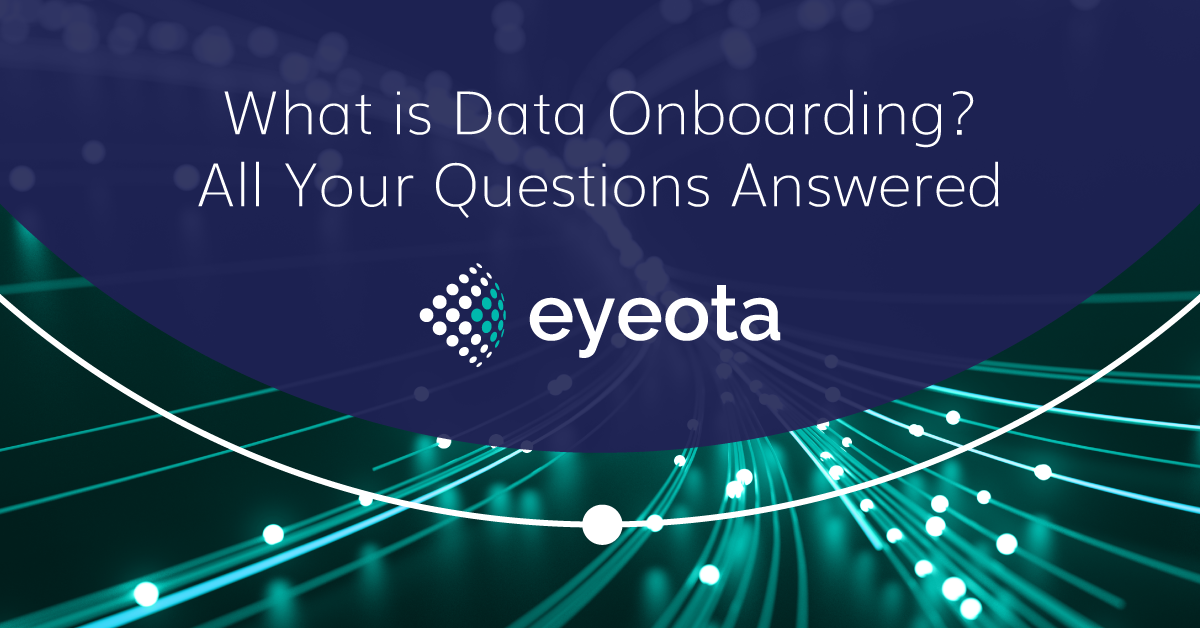Bringing your offline data to an online environment can help you develop more personalised customer experiences. With a trusted data onboarding partner, you can get a clear picture of how customers find and interact with your brand across digital channels.
What is offline data, and why does it need to be onboarded?
Today, your customers spend a lot of time online, but online interactions might still only account for a small percentage of their interactions with your brand. Offline data represents information gathered through a variety of other interactions, including in-store purchases, loyalty schemes and more.
This offline data represents a chance to maximise all of your first party data sets across the business by bringing them online and creating cohorts to digitally reach new customers. In a market where competition is fierce and consumers have limited time to conduct research, marketers can utilise offline data to improve their campaigns, customer experience and personalisation .
To put it simply, data onboarding brings offline data online, where you can use it in online campaigns to find new customers who are similar to your existing customers.
What does the data onboarding process look like?
Brands collect offline data in a variety of ways. Some common sources of offline first-party data include:
- Research: Customer information gathered first-hand.
- Purchases: Transaction data from in-store purchases or collected through merchant networks.
- Surveys: Information collected through questionnaires and polls.
- Customer relationship management systems: Personal information and data points related to customer interactions with a brand.
- Loyalty and rewards programs: Data collected from voucher redemptions, discount codes and rewards schemes.
Data onboarding methodologies activate offline data across global markets to generate digital audience profiles that support a variety of marketing functions. Essentially, the onboarding process begins with the marketer identifying relevant audience data, allowing it to tell a story of who your customers are and what type of segmentation needs to be created for targeting; the following step is then uploading the data with support from an onboarding partner. Applying a mapping system, the onboarding partner then matches offline attributes to privacy-compliant online profiles.
From there, the onboarding partner can build cohorts to expand the scale of digital audience profiles. This often includes using multiple attributes to identify online consumers who exhibit similar behaviors to those of customers who have already interacted with the brand. Once this process is complete, the data owner can activate the scaled-up audience profiles within a chosen marketing platform.
What should you look for in a data onboarding partner?
Today’s customers have far fewer geographic limitations than ever before. They are no longer confined to businesses within driving distance. This means that brands need to be able to reach and appeal to consumers on a truly global scale. Your data onboarding partner should be able to offer a globally consistent service that leverages geolocation markers to deliver onboarding across markets.
Importantly, your data onboarding partner should offer accurate and trustworthy matches between offline and online data. The accuracy of these matches is central to the effectiveness of the onboarding process. A trustworthy data onboarding partner can deliver these results while maintaining a high degree of commitment to privacy compliance. In light of recent regulatory changes across global markets, maintaining data privacy should be a top priority.
What questions should you ask a data onboarding partner?
With the right partner, your brand can unlock new opportunities for reaching and appealing to your current and future customers. Choose a partner that not only understands cutting-edge onboarding best practices, but also how to implement them according to your unique needs.
Here are some questions to ask as you make your decision:
- What kind of data can you onboard?
- Do I need a lot of my own first-party data to begin the process?
- What is your methodology?
- Where can I use my onboarded data segments?
- How do you ensure data onboarding compliance?
No matter how complex your data onboarding needs are, Eyeota has the experience and expertise to guide you through the process. To learn more about how Eyeota Onboarding can help you better serve your customers, get in touch with us today.
